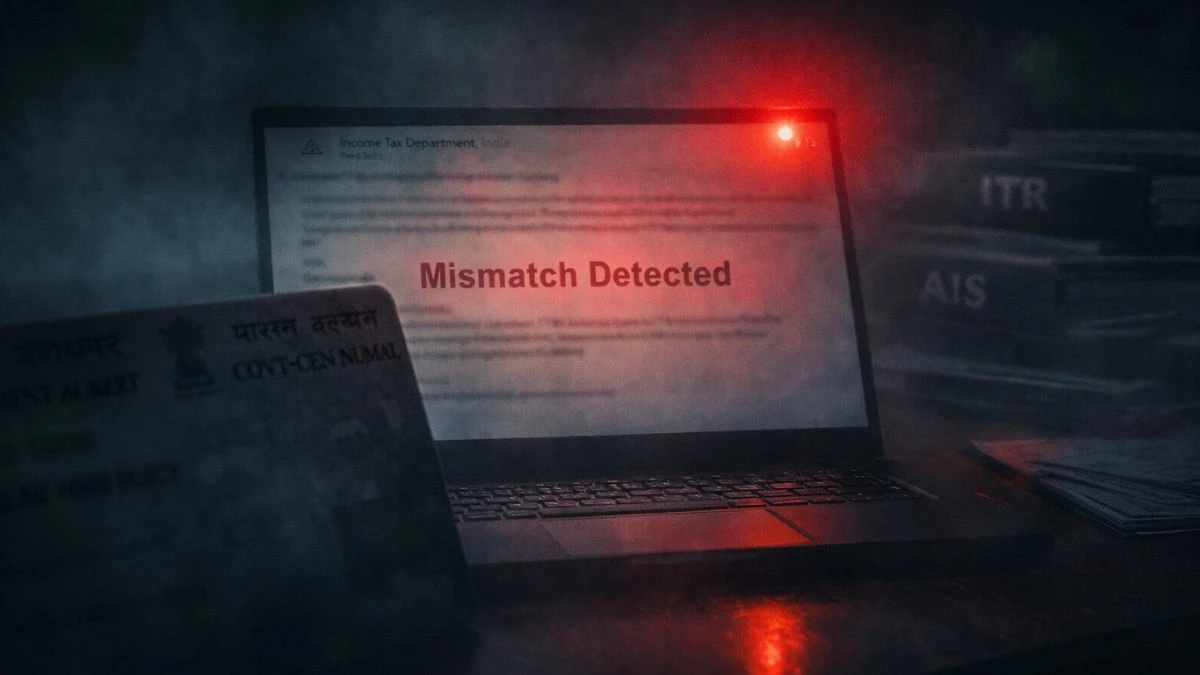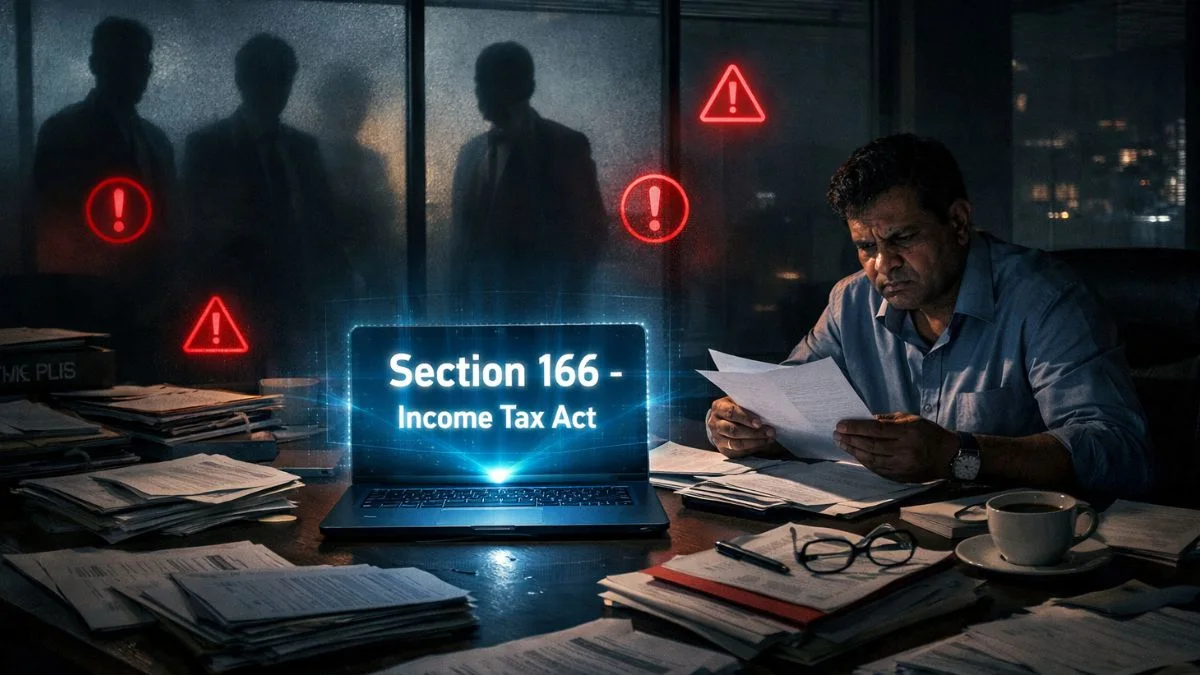
Section 194IB of the Income Tax Act was introduced to ensure tax compliance even in cases where rent is paid by individuals or Hindu Undivided Families (HUFs) who are not liable to get their accounts audited. This section is especially relevant to salaried individuals, freelancers, & small business owners who may not come under the TDS net otherwise but still pay high monthly rentals.
📌 What is Section 194IB?
Section 194IB of the Income Tax Act relates to TDS on rent paid by individuals or HUFs (not liable to audit under Section 44AB). As per this section, if the monthly rent exceeds ₹50,000, the payer is required to deduct TDS at the rate of 5% on the total rent amount for the financial year.
Unlike corporate entities, which deduct TDS monthly, this provision simplifies compliance by requiring a one-time deduction of TDS in the last month of the financial year or the last month of tenancy, whichever is earlier.
✅ Applicability of Section 194IB
- Who needs to deduct TDS?
- Individuals & HUFs who pay rent exceeding ₹50,000 per month.
- Only those not required to audit their accounts under the Income Tax Act.
- When is TDS to be deducted?
- At the time of credit or payment of rent, whichever is earlier, in the last month of the financial year or tenancy.
- Rate of TDS Deduction:
- Section 194IB provides for the deduction of tax at source at the rate of 5% from the payment of rent.
- Is TAN required?
- No TAN is required for deducting TDS under Section 194IB. PAN of both the landlord & tenant is sufficient.
🧾 Key Conditions under Section 194IB
- The total rent paid in a financial year should exceed ₹6,00,000 (₹50,000 × 12 months).
- If the landlord does not provide PAN, TDS must be deducted at 20% (under Section 206AA).
- TDS must be deposited within 30 days from the end of the month in which the deduction is made.
📄 Form to be Used
The deductor is required to submit Form 26QC, a challan-cum-statement, online via the TIN NSDL portal. Post-filing, Form 16C (TDS certificate) must be issued to the landlord within 15 days from the due date of furnishing Form 26QC.
🚫 Common Mistakes to Avoid
- Failing to deduct TDS: Even salaried individuals must comply if the rent crosses ₹50,000/month.
- Not submitting Form 26QC: This is a mandatory compliance step.
- Missing deadlines: Late filing attracts penalties & interest.
🧠 Why This Provision?
Before this provision, there was no TDS liability on high rental payments made by individuals or HUFs (not audited). Section 194IB bridges this gap by mandating TDS deduction at 5% even for non-auditable entities.
It brings more transparency & traceability in rental income and ensures landlords report their rental earnings correctly.
🧐 Real-Life Example
If Mr. Raj pays ₹60,000 per month as rent (₹7,20,000 per annum), he must deduct TDS of 5% = ₹36,000 in March & deposit it by 30th April, followed by submitting Form 26QC and issuing Form 16C to his landlord.
🔗 Final Note
If you're paying rent above ₹50,000/month and unsure about TDS compliance under Section 194IB of the Income Tax Act, don’t worry — our tax experts at Callmyca.com can file your TDS & help you avoid hefty penalties. Book your service now and stay compliant effortlessly.











